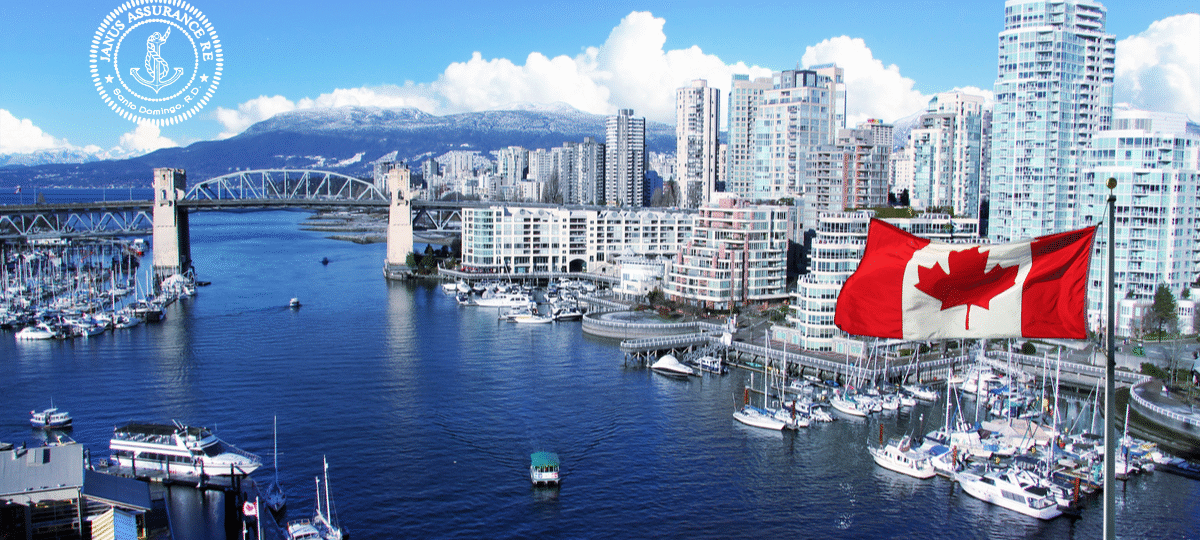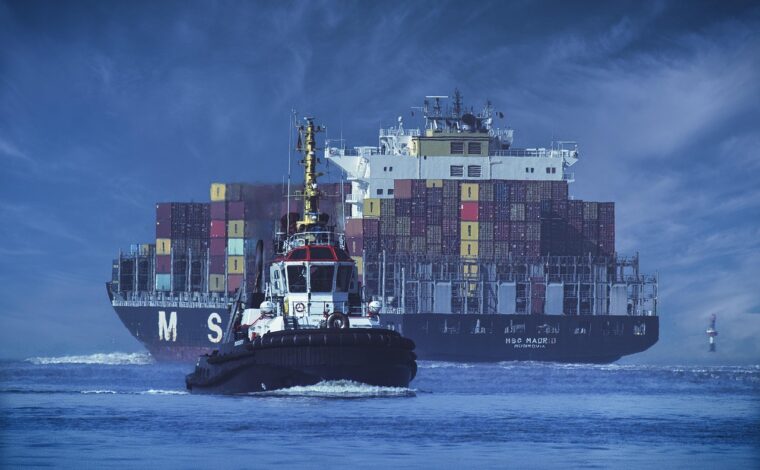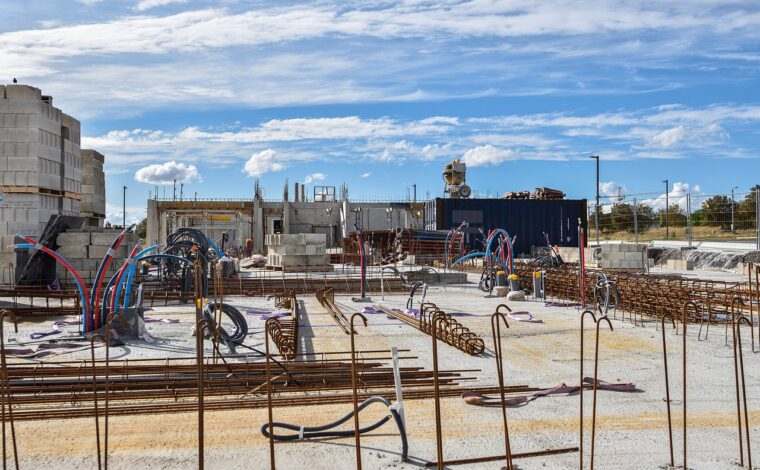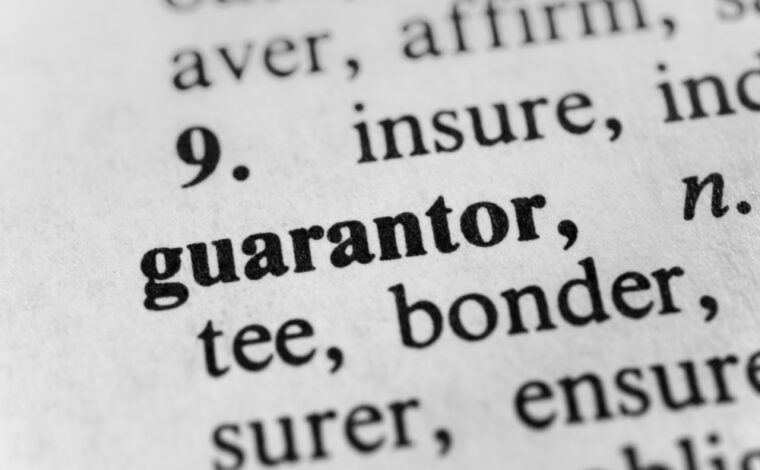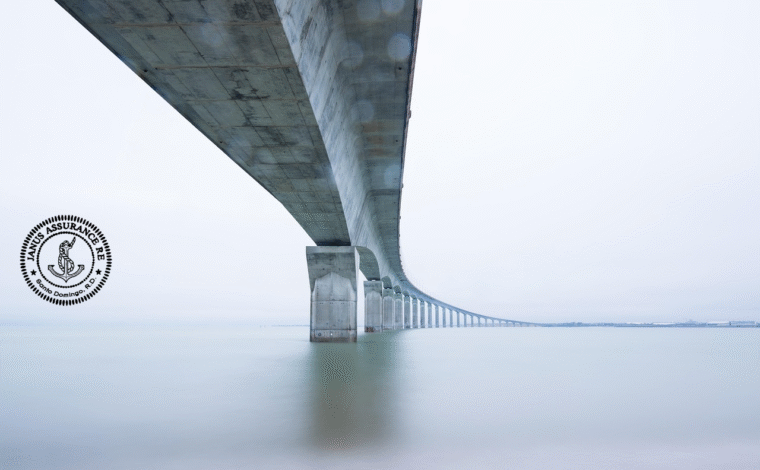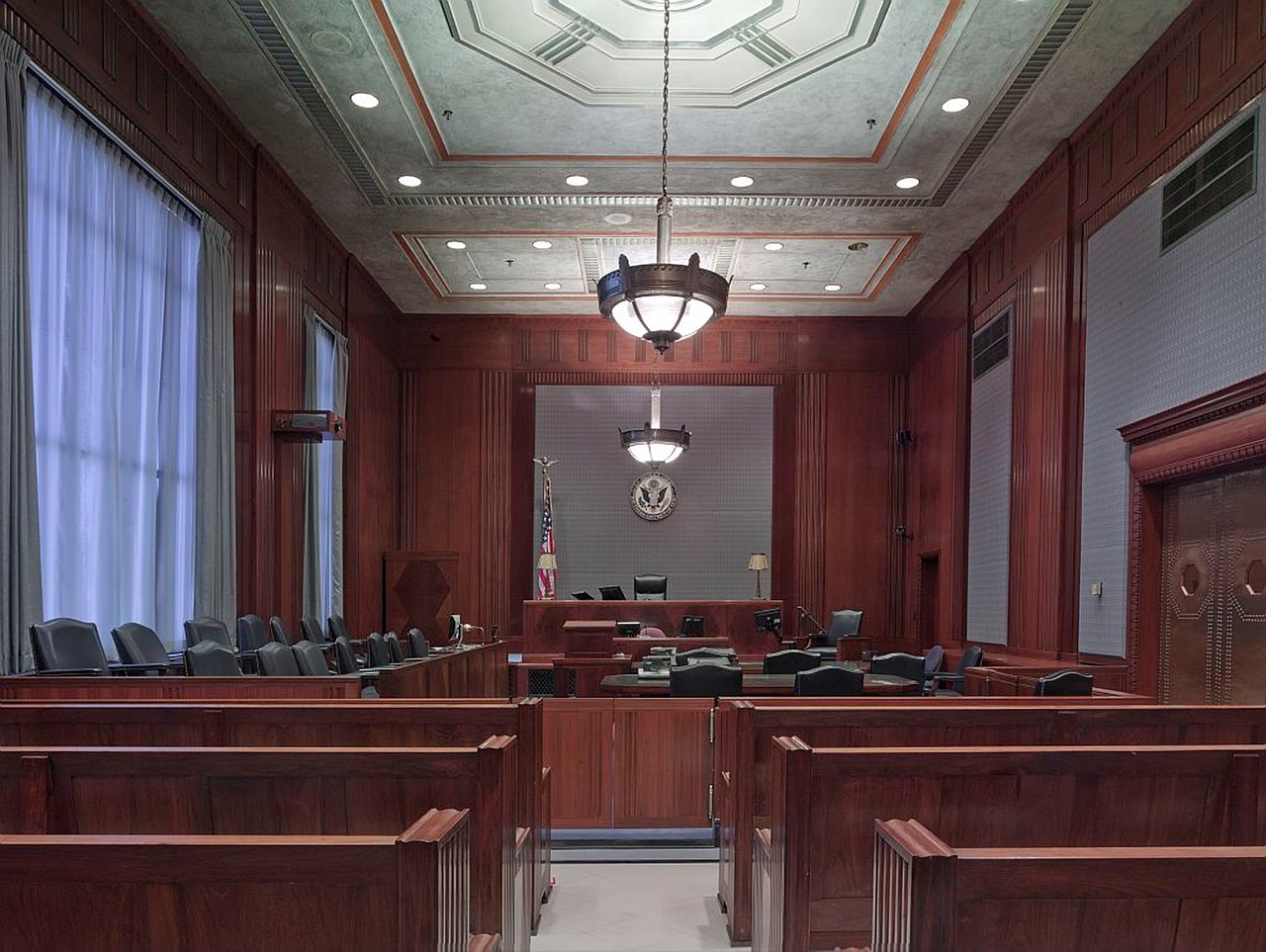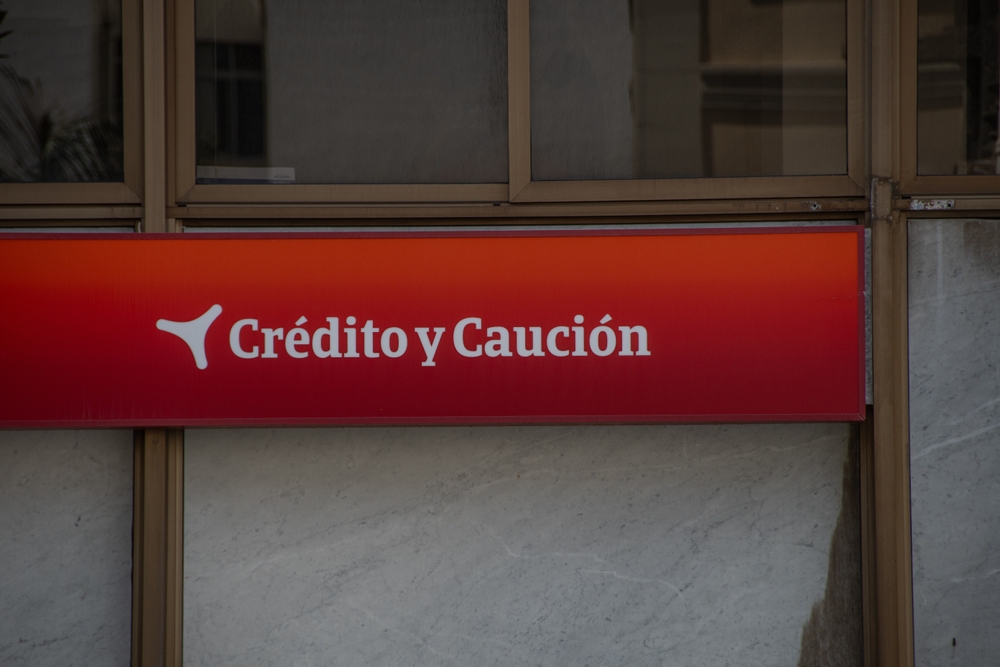Surety bonds are indispensable financial instruments in the construction industry. They provide vital financial assurance to project owners and contractors that obligations will be fulfilled even if a bonded party defaults. When an insolvent construction company files for creditor protection under the Companies’ Creditors Arrangement Act, RSC 1985, c C-36 [“CCAA”], the treatment of performance bonds and claims thereunder becomes a legally complex and commercially sensitive matter. The April 2025 order by Justice Steele in the matter involving Earth Boring Co. Limited and its affiliates (Yarbridge Holdings Inc., Trolan Investments Ltd., and Yarfield Services Limited) illustrates the judicial recognition of the importance of the “bond stay” provision under the CCAA and its critical implications for surety companies like Aviva Insurance Company of Canada (“Aviva”).
Case Context
Under a Master Surety Agreement between Aviva and the Earth Boring group of companies, Aviva issued eight performance bonds totaling $150 million. These were issued to obligees including both public authorities and general contractors. Upon the Earth Boring group’s CCAA application, the companies sought an order staying all performance bond claims against them, known as a “Bond Stay.” Justice Steele granted the Bond Stay, preventing any claims under the bonds during the stay period except with consent or leave of the court. Section 11.02(1) of the CCAA permits a court to grant a stay of proceedings in respect of a debtor company for an initial period of 10 days (and longer thereafter), prohibiting any creditor from “commencing or continuing any action, execution or other proceedings against the company or the property of the company.” While this section is primarily aimed at creditors, courts have interpreted their equitable jurisdiction under the CCAA broadly to allow tailored relief to protect the restructuring process itself, even extending stays to third-party claims that may affect the estate indirectly (see Stelco Inc., Re, 2004 CanLII 62567 (ON SC), at para 26).
Why Does this Matter to Surety Companies?
Avoidance of Premature Bond Triggering
A performance bond is not an insurance policy but a guarantee of contract performance, conditioned on default by the principal and proper notice and procedural compliance by the obligee. In the absence of a bond stay, obligees could prematurely or opportunistically declare defaults and claim under the bonds, thereby bypassing the insolvency court and undermining the debtor’s restructuring. This risk is especially acute where bonded projects are ongoing, and performance has not yet objectively failed. By staying bond claims, the court recognizes that bond calls may not reflect true defaults but may be driven by creditor panic or opportunism. This gives the debtor a breathing spell while preserving the surety’s right to investigate claims, assess exposure, and decide whether and how to respond. It also ensures that performance bond proceeds are not diverted from the restructuring effort, which is one of the central tenets of the CCAA (see Metcalfe & Mansfield Alternative Investments II Corp., Re, 2008 ONCA 587, at para 61).
Preservation of Subrogation Rights and Indemnity Structures
Suretyship inherently relies on indemnity and subrogation. Upon paying a claim, a surety is typically subrogated to the rights of the obligee against the principal and may pursue indemnity from the principal’s estate. If bond claims are permitted during the CCAA stay without judicial control, sureties may be forced to pay out claims before the debtor’s estate is stabilized or before the Monitor can determine the true status of obligations. This not only erodes the surety’s ability to recover under its indemnity agreement but also may disincentivize bonding new projects. As held in Pacific National Lease Holding Corp. v. Riverfront Oil and Gas Ltd., 1998 CanLII 14828 (AB QB), at para 40, courts must be cautious of “indirect pressures” on third parties that frustrate the objectives of insolvency law. A surety bond stay thus harmonizes the roles of debtor, surety, and obligee within the reorganization framework.
Protection Against Fragmentation of Proceedings
Permitting obligees to enforce bonds during CCAA proceedings fragments the insolvency process and exposes the surety to multiple, potentially inconsistent adjudications across jurisdictions. The Supreme Court of Canada in Century Services Inc. v. Canada (Attorney General), 2010 SCC 60, recognized that the overarching purpose of the CCAA is “to permit the debtor to continue to carry on business and, where possible, avoid the social and economic costs of liquidating its assets.” Allowing individual bond claims to proceed against the surety destabilizes the coordination necessary to achieve this outcome. The Bond Stay in Justice Steele’s order ensures that all claims, including bond-related ones, are processed through the court-supervised CCAA structure, maintaining centralized oversight and enabling fair, efficient treatment of all stakeholders.
Canadian Jurisprudence
The importance of bond stays has been affirmed in Canadian restructuring jurisprudence. In Barkerville Gold Mines Ltd. (Re), 2020 BCSC 1064, the court noted that a stay may extend to third parties where necessary to support the restructuring. Similarly, in CCAA of Walter Energy Canada Holdings, Inc., 2016 BCSC 107, the court granted a stay in favour of a third-party surety because bond enforcement would “effectively nullify” the restructuring plan. The Monitor in that case emphasized that bond enforcement would cascade into forced defaults across multiple projects. Additionally, in Urbancorp Cumberland 2 GP Inc. (Re), 2016 ONSC 7649, the court approved a stay extension to halt enforcement by bond obligees, accepting that doing so preserved both the estate and the surety’s legitimate contractual interests. These cases collectively underscore the courts’ receptiveness to requests for bond stays in appropriate circumstances, especially where the integrity of the CCAA proceeding depends on it.
Implications to Surety
For surety companies like Aviva, the existence and enforcement of bond stays in CCAA proceedings reduces uncertainty, limits catastrophic exposure to mass bond defaults, and encourages continued participation in high-risk sectors like construction. Sureties operate in reliance on structured claims evaluation, indemnification, and recovery procedures—processes that cannot be short-circuited without undermining the commercial viability of bonding altogether. If bond claims were excluded from CCAA stays, sureties would be compelled to make immediate payouts without due process or opportunity to mitigate loss, potentially deterring underwriting of performance bonds in jurisdictions where insolvency proceedings offer no structured protection. Further, the effect would ripple through credit markets. Many surety companies are backed by reinsurance arrangements that assume the administration of claims. A sudden surge of uncontrolled bond default could trigger reinsurance denials or re-pricing, raising the cost of construction bonding and, in turn, the cost of public infrastructure and private development projects.
The April 2025 Bond Stay granted by Justice Steele is emblematic of a sophisticated judicial understanding of the interplay between suretyship, construction risk, and insolvency law. By extending CCAA protection to performance bond claims, the court not only preserved the restructuring potential of the Earth Boring group but also safeguarded the commercial interests and equitable rights of Aviva as surety. Such orders are not only legally justifiable under the broad discretionary powers of the CCAA but also economically prudent. They ensure that the surety industry remains functional, fair, and capable of supporting the construction economy even amidst financial distress.
~ C. Constantin Poindexter, MA, JD, CPCU, AFSB, ASLI, ARe
Citations
- Companies’ Creditors Arrangement Act, RSC 1985, c C-36.
- Century Services Inc. v Canada (Attorney General), 2010 SCC 60, [2010] 3 SCR 379.
- Stelco Inc., Re, 2004 CanLII 62567 (ON SC), 71 OR (3d) 353.
- Metcalfe & Mansfield Alternative Investments II Corp., Re, 2008 ONCA 587, 92 OR (3d) 513.
- Pacific National Lease Holding Corp. v Riverfront Oil and Gas Ltd., 1998 CanLII 14828 (AB QB), 226 AR 391.
- Barkerville Gold Mines Ltd. (Re), 2020 BCSC 1064.
- Walter Energy Canada Holdings, Inc. (Re), 2016 BCSC 107.
- Urbancorp Cumberland 2 GP Inc. (Re), 2016 ONSC 7649.
- In the Matter of the CCAA of Earth Boring Co. Limited, Yarbridge Holdings Inc., Trolan Investments Ltd., and Yarfield Services Limited, Order of Steele J, Ontario Superior Court of Justice (Commercial List), April 17, 2025 (unreported).
- First Affidavit of Jonathan Woodbridge, sworn April 16, 2025, in support of the Application under the Companies’ Creditors Arrangement Act by Earth Boring Co. Limited et al. (unreported).
- Jacob S. Wood, “Surety Bonds and Canadian Insolvency Law: The Role of Bond Stays in CCAA Proceedings” (2021) 62:3 Canadian Business Law Journal 415.
- Janis P. Sarra, Rescue! The Companies’ Creditors Arrangement Act, 2nd ed (Toronto: Carswell, 2013).

